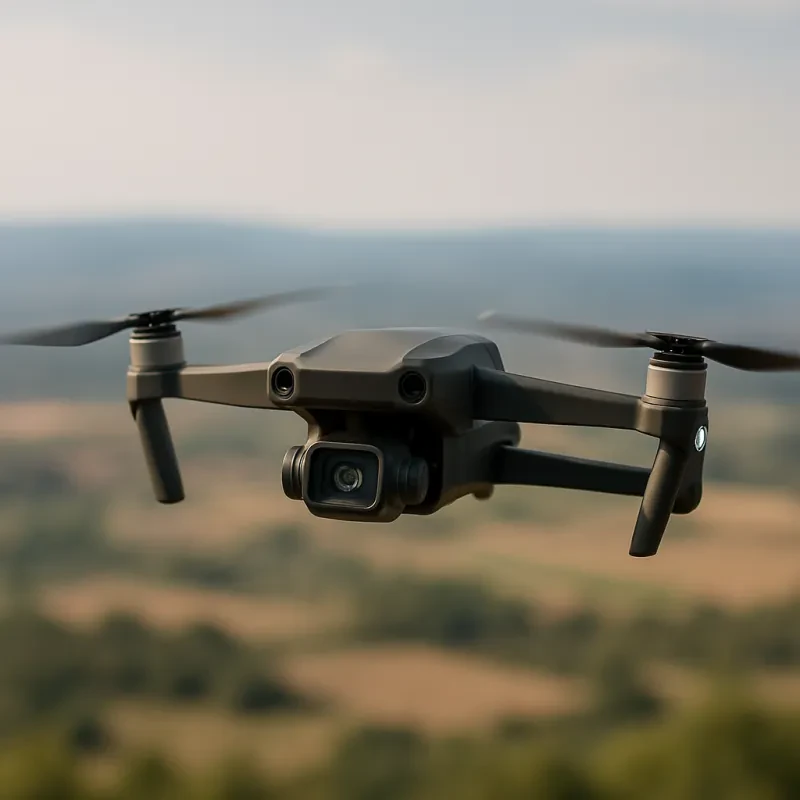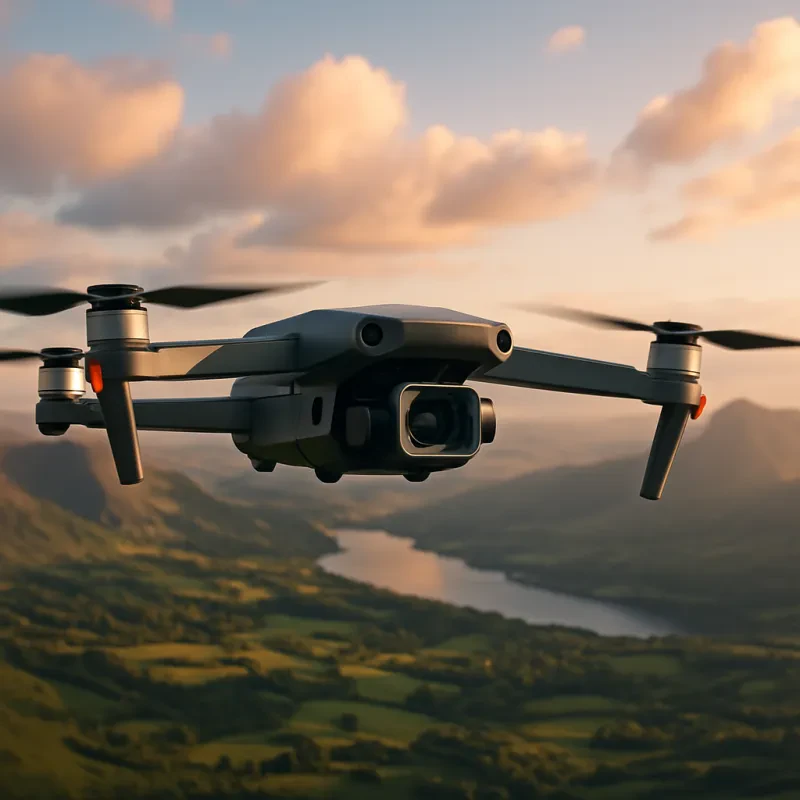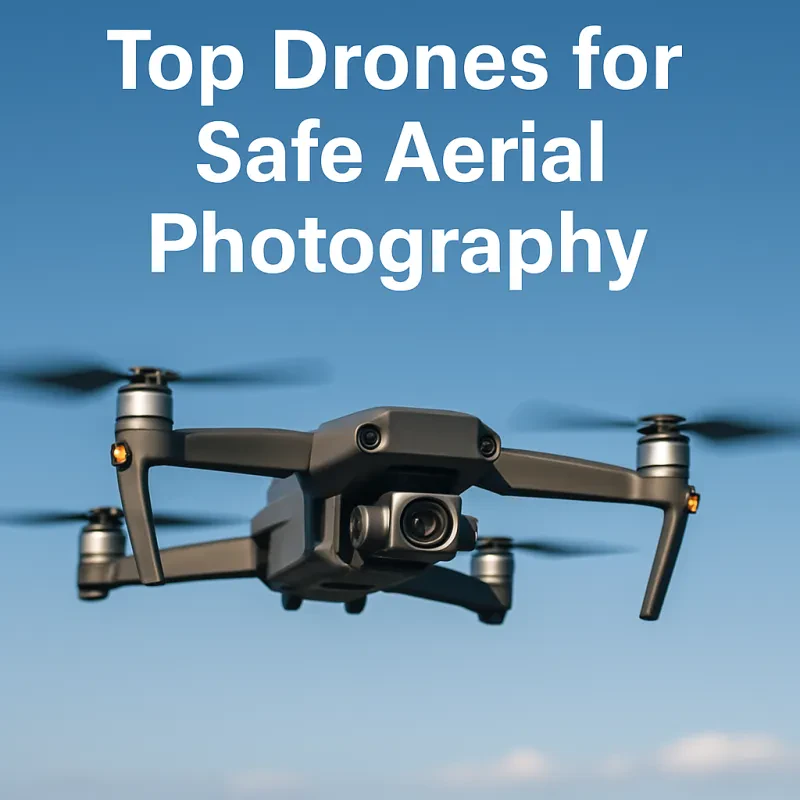Drone technology has made significant advancements in recent years, allowing for more sophisticated surveillance tactics to be employed, especially during nighttime. One of the most intriguing aspects of drone activity at night is the use of infrared cameras. These cameras are able to detect heat signatures, allowing drones to see in the dark with impressive clarity. This technology is particularly useful for surveillance missions, as it allows drones to monitor locations without the need for visible light.
Another tactic that drones employ during nighttime surveillance is the use of low-light cameras. These cameras are specially designed to capture high-quality images in low-light conditions, allowing drones to see clearly even in the darkest of nights. This technology is crucial for gathering valuable intelligence in situations where traditional cameras would struggle to capture clear images.
In addition to infrared and low-light cameras, drones also utilize advanced software and AI algorithms to enhance their surveillance capabilities at night. This software allows drones to track and identify targets with greater accuracy, making them an invaluable tool for law enforcement and security agencies. With the ability to fly silently and remain undetected, drones have become an essential asset for nighttime surveillance operations. The use of drones at night is becoming increasingly common, as their versatility and stealth make them an ideal tool for a wide range of surveillance missions.
Mysterious Patterns of Aerial Nighttime Movement
When the sun goes down and the world falls into darkness, a whole new world of mysterious aerial movement emerges. Drones at night are becoming a common sight, and their patterns of movement are both intriguing and enigmatic. These unmanned aerial vehicles seem to dance across the night sky, their blinking lights creating mesmerizing patterns against the backdrop of the stars.
One of the most fascinating aspects of drone activity at night is the way they move in synchronized formations. Groups of drones can be seen flying in perfectly coordinated patterns, almost like a choreographed dance. It's as if they are communicating with each other through some unseen force, moving in harmony with each other as they navigate through the night sky.
But not all drone activity at night is so harmonious. Some drones seem to move erratically, darting and weaving through the darkness in unpredictable ways. It's unclear what they are doing or where they are going, adding an element of mystery to their movements. Are they surveying the landscape below, gathering data, or simply playing a game of aerial tag?
Unusual Nighttime Drone Behavior Examined
When the sun sets and darkness falls, drones exhibit some fascinating behaviors that are worth exploring. While many people associate drones with daylight activities, there is a whole new world to discover when it comes to drone at night. From mysterious light patterns to unusual flight paths, nighttime drone behavior can be both surprising and intriguing.
One of the most common observations of drone at night is the way they interact with lights. Some drones are equipped with colorful LED lights that create mesmerizing aerial displays when they soar through the night sky. These light patterns can be seen from far away and add an element of beauty to the dark night. Additionally, drones may exhibit erratic flight paths that seem to defy logic, moving in ways that are both unpredictable and mesmerizing.
Another interesting aspect of drone at night is how they seem to come alive in the absence of human activity. Without the hustle and bustle of the daytime world, drones have the freedom to roam and explore in ways that are not always possible during the day. This freedom allows them to showcase their capabilities and demonstrate their agility in ways that may surprise even the most seasoned drone enthusiasts. Whether they are capturing stunning aerial footage or simply enjoying a nighttime flight, drones have a way of captivating the imagination when the sun goes down.
Night Drone Intrusion: Risks and Security Measures
As drones become increasingly popular, their use at night poses unique risks and challenges. Night drone activity can be particularly concerning due to the reduced visibility and potential for unauthorized surveillance. In this article, we will explore the potential risks associated with drone activity at night and discuss security measures that can be taken to mitigate these risks.
One of the main risks of drone activity at night is the potential for privacy invasion. Drones equipped with cameras can easily be used for unauthorized surveillance, whether it be of individuals or property. This can lead to serious privacy violations and even legal implications. It is important for individuals to be vigilant and aware of the dangers of drone at night activity and take steps to protect their privacy.
To mitigate the risks associated with drone activity at night, there are several security measures that can be implemented. One of the most effective measures is to invest in a high-quality drone detection system. These systems can help identify and track drones in the vicinity, allowing for timely intervention if necessary. Additionally, individuals can take precautions such as installing motion-activated lights or physical barriers to prevent drones from entering restricted areas.
Overall, the rise of drone at night activity presents both risks and opportunities for security professionals and individuals alike. By understanding the potential risks and taking proactive security measures, we can better protect our privacy and ensure the safe and responsible use of drones in our communities.


